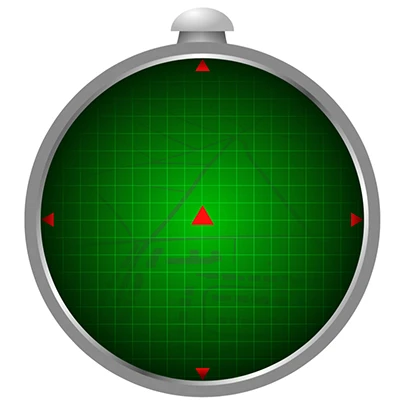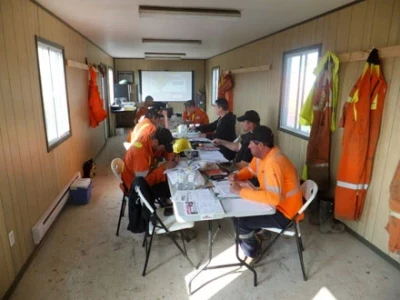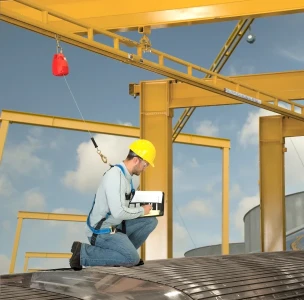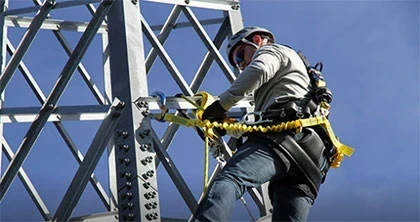ENHANCING REMOTE WORKER SAFETY

Remote field operations present the safety organization with a myriad of challenges when it comes to ensuring the safety of the people that you send out to work in the field every day. Without a doubt, this includes the line workers, but it also includes nearly every member of the staff whose duties are performed outside of the controlled confines of your facilities. Certainly, many of the hazards are identifiable and risk mitigation procedures and equipment are deployed, along with your remote crews, in the effort to keep everyone safe and bring them back home at the end of the shift.
Despite these efforts, those remote crews are still at some level of risk of encountering any number of inherent hazards in their work. Adding to the challenge is the fact that workers can, and do, become ill or otherwise indisposed while in the field. Beyond these considerations, other emergency situations can develop that involve your remote deployed field crews. In all of these instances, the remote nature of the work decouples the remote worker, to a large degree, from your safety net.
Technology offers ways to extend your safety net to these remote workers, including line workers, meter readers, connect / disconnect
crews and anyone else whose duties might expose them to dangers that require your intervention. By combining the powerful capabilities of GPS location with the appropriate triggering or signaling equipment and software designed for this purpose, it is possible to provide your remote workers with a lifeline that extends your safety net to wherever those workers may be deployed.
An example of this combination of technologies is found in the Track Star AVLS system, used by a number of electric utilities, as well as others, to provide what is often referred to as a "Man Down" or "Code Blue" system.
Such a system has a number of components that work together to provide a means by which remote workers can let you know, with their location information, when they are injured, ill or in some other emergency situation that requires assistance. Most commonly, the foundation of such a system is a GPS device with digital input capabilities installed in the vehicle or carried on the worker's person. To the digital input circuitry of that device is attached a signaling device that can take a number of different forms.









